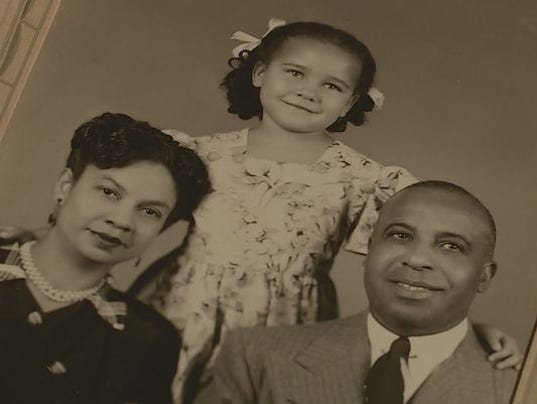Review: Misty Copeland Debuts as Odette/Odile in ‘Swan Lake’Posted in Arts, Literary/Artistic Criticism, Media Archive, United States on 2015-06-29 22:05Z by Steven |
Review: Misty Copeland Debuts as Odette/Odile in ‘Swan Lake’
The New York Times
2015-06-25
Alastair Macaulay, Dance Critic
 Misty Copeland and James Whiteside in “Swan Lake.” Julieta Cervantes for The New York Times |
When Misty Copeland made her New York debut in the double role of Odette/Odile in “Swan Lake,” the most epic role in world ballet, two aspects of the performance on Wednesday afternoon proved marvelous. One: that it all happened successfully. Two: the curtain calls.
Let everyone know henceforth that an African-American ballerina has danced this exalted role with American Ballet Theater at the prestigious Metropolitan Opera House. Let everyone know that other African-American dancers, Raven Wilkinson (who danced with the Ballet Russe de Monte Carlo in 1955-61) and Lauren Anderson (who, with the Houston Ballet, was the first African-American ballerina to become a principal of an American ballet company), brought her bouquets onstage. And let everyone know that her fellow dancers shared her applause with pride. (The enthusiasm and affection shown by James Whiteside, who partnered her as Prince Siegfried, was especially engaging.)
As Odette, the Swan Queen, Ms. Copeland has moments of courage and grandeur when you feel the heroic scale of Tchaikovsky’s celebrated drama. She runs boldly around the stage like a creature accustomed to vast space; she raises her arms with the epic sweep of mighty wings. In other respects, she’s admirable but without striking individuality. The substance of “Swan Lake” is there, but in potential. I hope she dances it again and reveals more in it…
Read the entire review here.


